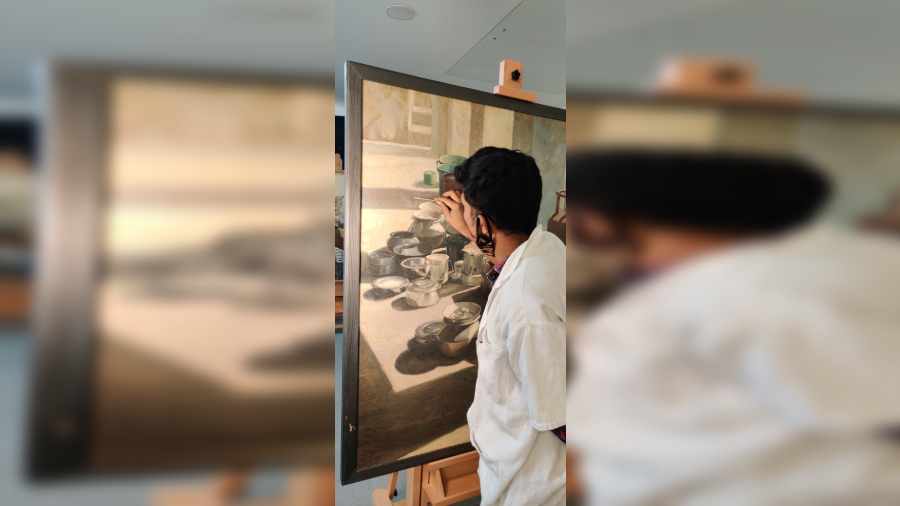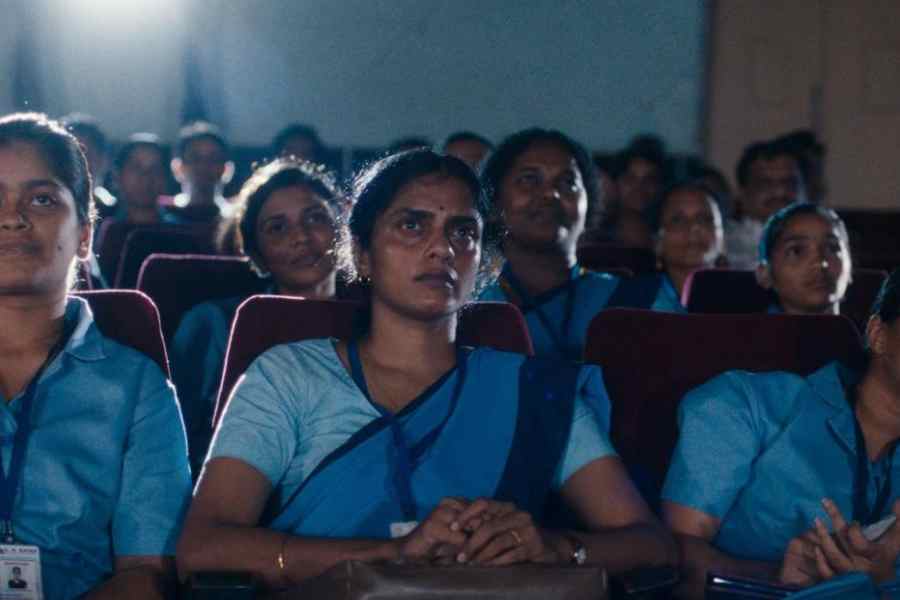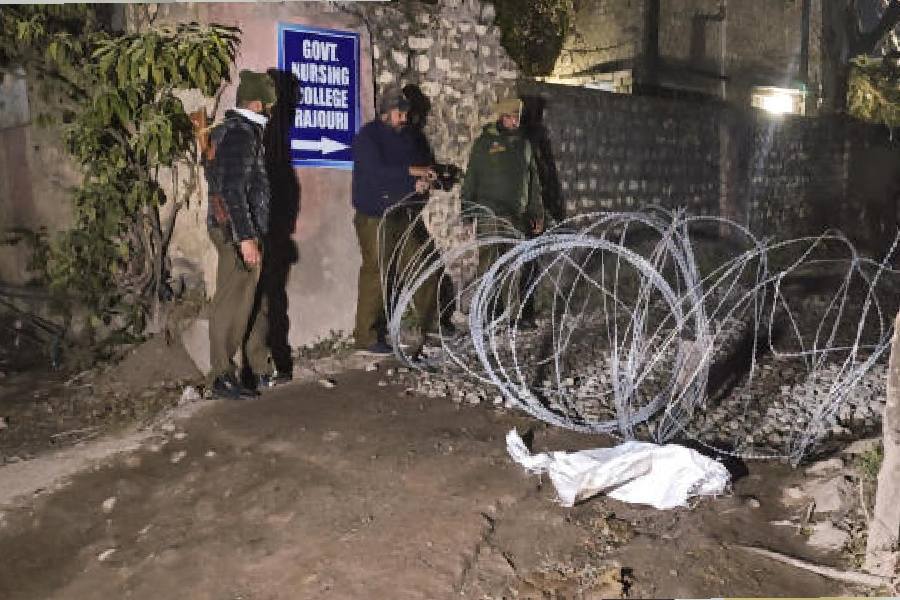While India never stops boasting about its embarrassment of cultural heritage riches, the dearth of institutes and universities for advanced studies in the field of conservation in the country adds to the body of evidence that little is done to conserve and prevent this wealth from further deterioration and loss.
Although many universities offer courses in conservation, these are mostly adjuncts of museology or art history courses. There are a handful of trained conservators and they are not enough to serve the needs of the museums, universities, art galleries and private collections that abound all over the country. Yet, such is the lack of awareness — it can also be attributed to indifference — that most government museums and private galleries do not hire adequately trained conservators.
“Most government museums need to modify their rules to recruit trained conservators. They still hire people from science or fine arts backgrounds, who are trained on the job,” says Satish Pandey, who is the head of art conservation at National Museum Institute (NMI), Noida.
It was to fill this gap that the Tata Trusts Art Conservation Initiative has taken up “a four-year programme that proposes to establish, develop and strengthen art conservation centres in five zonal locations across India, and create a cohort of trained conservators. It also aims at establishing a master’s degree in art conservation at an Indian university. Each of the five institutes partnering under this initiative is to focus on two materials to offer training courses in (see box).
Why did Tata Trusts take this initiative? Says Deepika Sorabjee, head of the arts and culture portfolio at Tata Trusts, “The Trusts commissioned a strategy report for the arts in 2010. Senior experts from various disciplines guided the report. Conservation, along with performing arts and craft, was one of the areas identified where work was needed.”
In the entire country, the NMI, Noida, is the only one that offers full-time master’s and PhD courses in conservation, says Pandey. “This is a passion-driven field. You really need to have an interest in art, culture and heritage conservation,” he stresses.
According to Pandey, art conservation is analogous to medical sciences and needs in-depth study of the artefact and proper diagnosis of its problems before any conservation intervention. He says, “When you are handling an original artefact, there is no scope for mistake as it can irreversibly damage the artwork. In conservation you need multidisciplinary knowledge and skills. At the NMI, students are initially trained on dummy objects to develop practical skills and then they are trained on original artefacts, under supervision”.
The eligibility requirement for admission to the NMI is: a graduate degree from a recognised university in physics, chemistry, geology, biology, biotechnology, microbiology or visual/fine arts or architecture, engineering and technology with minimum 50 per cent marks. Those with a graduate degree in history, geography, anthropology, archaeology or related disciplines with minimum 50 per cent marks and Plus Two/senior secondary/intermediate level education in science stream can also apply.
Pandey says the NMI must have trained over 300 personnel since its inception in 1983. However, considering the vastness of cultural heritage in the country, this number is still very small. He admits there is a dearth of full-time jobs and most trained conservators depend on freelancing in the private sector or short-term contractual jobs.
Kartick Kayal, a young conservator who was upskilled at the recent train-ing course in conservation of oil paintings held at the Kolkata Institute of Art Conservation, under the Tata Trusts Art Conservation Initiative, says in despair, “The West Bengal government has taken no initiative. Calcutta University’s museology plus conservation course is useless.”
Sanjay Dhar, a leading conservator who belongs to the first batch of the institute, says, “In India, conservation is a new development. In the West, it has been taught for well over a hundred years. Here we cannot afford specialisation in specific material. There are not enough jobs either. Other stakeholders and the Archaeological Survey of India and the state archaeological departments need to understand the need for conservators.”
The Tata Trusts Art Conservation Initiative
Courses on offer
• Oil paintings and paper (illustrated manuscripts) at the Anamika Kala Sangam Trust, Calcutta (training in conservation of oil paintings was held last year-end at the Kolkata Institute of Art Conservation)
• Stone and wood at the Himalayan Society for Heritage and Art Conservation, Nainital
• Wall paintings and textiles at the Mehrangarh Museum Trust, Jodhpur
• Metals and taxidermy objects at the Chhatrapati Shivaji Maharaj Vastu Sangrahalaya, Mumbai
• Paper (prints, drawings, maps) and photography at the Museum of Art and Photography, Bangalore (the training course is to start in March 2022)










